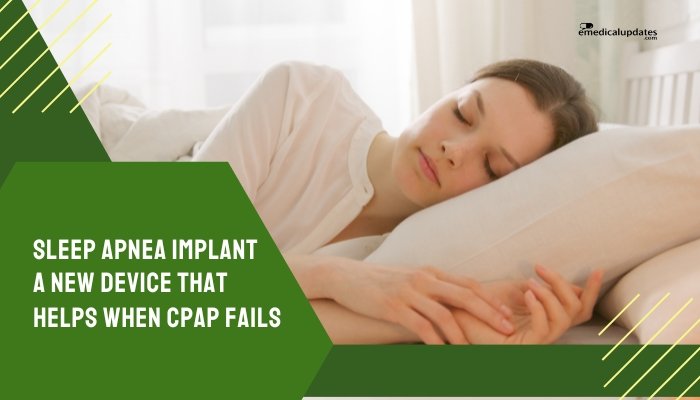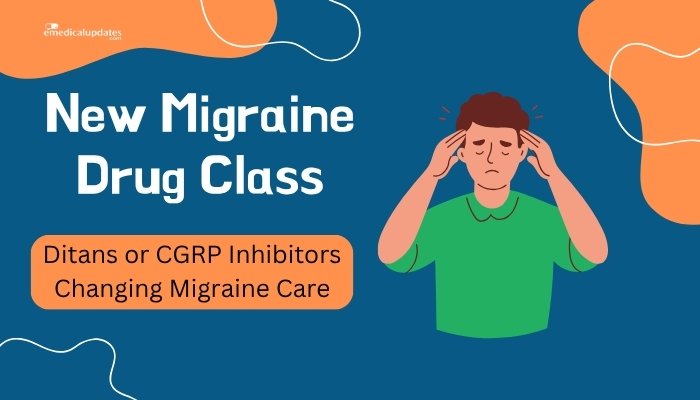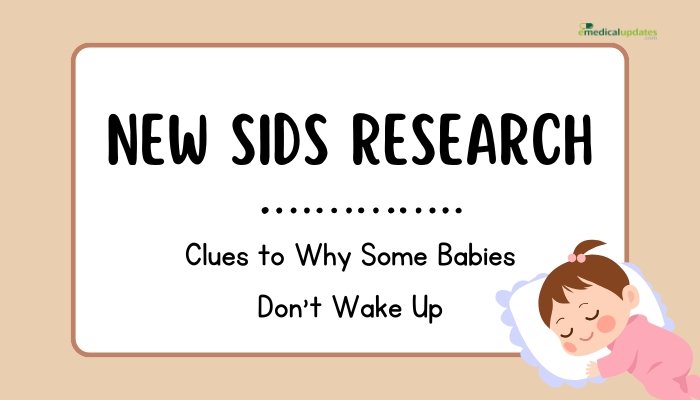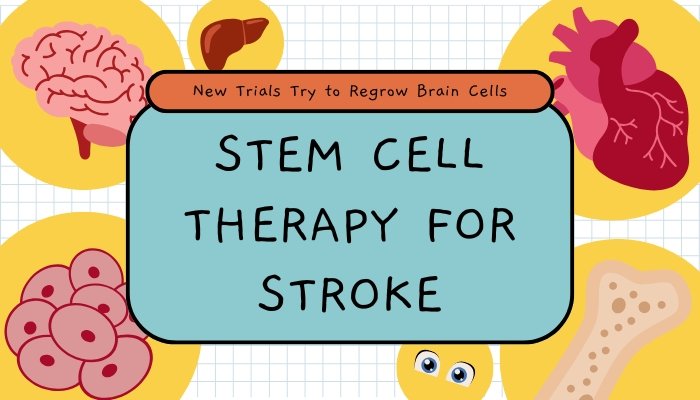Introduction
Obstructive sleep apnea (OSA) affects millions worldwide, characterized by repeated breathing interruptions during sleep due to relaxed throat muscles blocking the airway. Standard continuous positive airway pressure (CPAP) machines can be effective but often prove challenging for some users to tolerate—leading to poor adherence and persistent symptoms.
Now, an implanted nerve stimulator promises a more seamless approach by activating key throat muscles to keep airways open, potentially giving patients restful sleep without bulky masks. This article explores how the implant works, who might benefit, and the results from early clinical trials that support its use.
Understanding Sleep Apnea and CPAP Limitations
Obstructive Sleep Apnea Basics
- Symptoms: Chronic snoring, daytime fatigue, and pauses in breathing that cause abrupt awakenings.
- Health Risks: Hypertension, cardiovascular disease, type 2 diabetes, and accidents from drowsiness.
- Diagnoses: Typically via a sleep study (polysomnography) measuring breathing interruptions (apneic events).
CPAP Challenges
Despite CPAP’s status as the gold-standard therapy, issues include:
- Mask Discomfort: Skin irritation, claustrophobia, or air leaks.
- Lifestyle Inconvenience: Traveling with a machine, noise disruption, and dryness.
- Noncompliance: Many people abandon or inconsistently use CPAP, eroding its potential benefits.
How the Implanted Device Works
Targeting the Hypoglossal Nerve
The new device—often called hypoglossal nerve stimulation or an “inspire-like” system—activates the nerve controlling tongue muscles:
- Sensing Breathing Effort: A sensor monitors respiration, detecting inhalation.
- Stimulating the Throat: Upon inhalation, the implant sends mild electrical pulses to the hypoglossal nerve.
- Opening the Airway: The tongue and throat muscles stiffen slightly, preventing collapse and maintaining airflow.
Surgery and Operation
- Procedure: A surgeon implants a small generator in the chest or upper torso, with leads to the hypoglossal nerve and a sensor near the rib cage.
- User Control: Patients switch on the implant before bed. No bulky mask or external tubes are required.
Clinical Evidence and Trials
Early Success
Studies with implanted nerve stimulators for OSA demonstrate:
- Reduced Apneas: Many participants show lower apnea-hypopnea index (AHI), sometimes halving events.
- Improved Oxygen Levels: Less frequent drops in blood oxygen.
- Better Sleep Quality: Reports of less daytime fatigue and higher subjective sleep satisfaction.
Long-Term Data
Ongoing trials and post-market follow-ups suggest benefits persist over multiple years if the device is regularly used. Some devices can be adjusted to refine stimulation levels and adapt to patient changes over time.
Who Might Benefit?
- CPAP Intolerance: People who simply cannot tolerate masks or air pressure may find relief through an implant.
- Moderate to Severe OSA: Typically recommended for those with a certain range of AHI who haven’t responded well to conventional treatments.
- Body Mass and Anatomy: The device’s efficacy can hinge on the patient’s BMI or craniofacial structure. Not everyone with OSA qualifies, so consultation with a sleep specialist is crucial.
Potential Advantages Over CPAP
- Lifestyle Ease: No nightly setup or mask. The device automatically runs during sleep.
- Minimal Maintenance: Periodic device check-ups, battery life management, but no nightly mask cleaning or adjustments.
- Quiet Operation: No machine noise, more bed partner friendly.
Risks and Considerations
Surgical Procedure
- Anesthesia: As with any surgery, complications include infection risk or bleeding.
- Device Malfunction: Potential need for reoperation if leads malfunction or hardware fails.
Cost and Coverage
Not all insurance plans cover the device yet. It may be relatively expensive, especially if labeled an “advanced therapy.” Reimbursement policies vary by region.
Follow-Up and Adjustments
- Tuning: Sleep labs might fine-tune stimulation settings post-implant to maximize comfort and effectiveness.
- Lifestyle: Maintaining a healthy weight, avoiding sedatives, or addressing nasal blockages still factor into overall success.
Future Outlook
Expanding Indications
As success stories accumulate, more patients with OSA might be indicated for nerve stimulation. Innovations could target multiple upper airway muscles, providing an even broader effect against apneas.
Hybrid Solutions
Some developers are investigating synergy with other therapies, e.g., partial orthodontic devices or mild sedation to ensure comfort. This multi-modal approach might broaden usage among those with particular anatomic complexities.
Ongoing Research
Though current devices focus on the hypoglossal nerve, other approaches—like phrenic nerve stimulation—are also studied. With time, technology may refine sensors for more nuanced real-time adaptions of stimulation intensity based on sleep phases or posture.
Frequently Asked Questions
- Is this implant therapy a permanent cure for sleep apnea?
- It can significantly reduce or even eliminate apnea events, but requires indefinite device use. “Cure” language is tricky, as turning off the device typically brings apneas back.
- Can all OSA patients switch to the implant?
- No. Criteria often include a certain BMI threshold, moderate to severe OSA, and documented CPAP intolerance. A thorough evaluation is required.
- Does it help central sleep apnea (CSA)?
- This device specifically targets obstructive events. Another approach might be required for central or complex apnea.
- What about side effects or sensations?
- Some patients perceive mild throat muscle contractions. Typically, they adjust to it after some nights, and comfort is high in long-term follow-ups.
- When can I start?
- The device is FDA-approved (in certain countries) for specific patient groups. Consult a sleep specialist for eligibility and insurance coverage details.
Conclusion
Hypoglossal nerve stimulation has emerged as a breakthrough therapy for obstructive sleep apnea, offering a lifeline to those who cannot adapt to CPAP therapy. By harnessing AI-like sensors and carefully timed electrical pulses, the implant ensures the airway remains open while the user sleeps—delivering a more natural breathing pattern without a mask or mechanical apparatus. Recent clinical results highlight striking reductions in apneas and improved quality of life, though patient selection, costs, and surgical considerations remain critical factors.
As technology matures and data grows, this novel approach to OSA could become a mainstream alternative to CPAP, broadening treatment options and better suiting individuals who are mask-intolerant or reluctant to rely on external devices. With each success story, the vision of restful, healthy sleep without cumbersome setups comes closer to reality for thousands living with severe sleep apnea.
References
-
- Strollo PJ, et al. (2014). “Upper-airway stimulation for obstructive sleep apnea.” NEJM.
-
- Huntley C, et al. (2020). “Long-term outcomes of hypoglossal nerve stimulation for OSA.” J Clin Sleep Med.
-
- FDA (2021). “Clearance and guidelines for implantable hypoglossal nerve stimulators.”
-
- Malhotra A, White DP. (2020). “Alternative therapies for OSA: beyond CPAP.” Lancet Respir Med.





